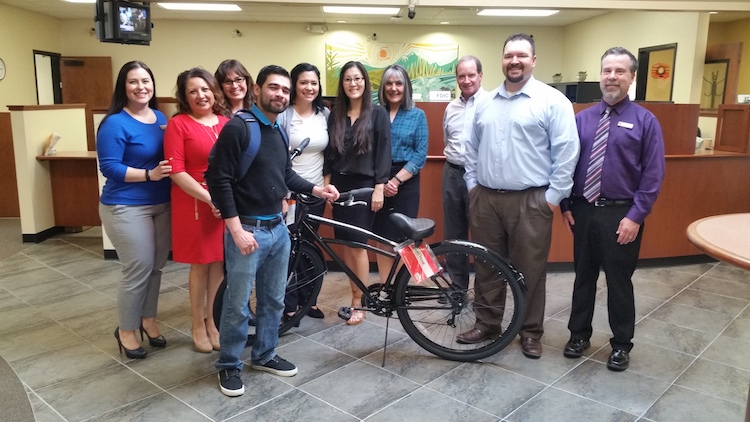The Customer Effect
Send flowers: How banks are wooing customers with personal gifts
- Facing increased competition, banks are rushing to personalize the customer experience through gifts and random acts of kindness.
- Analysts say these efforts are important elements of customer acquisition and retention.








